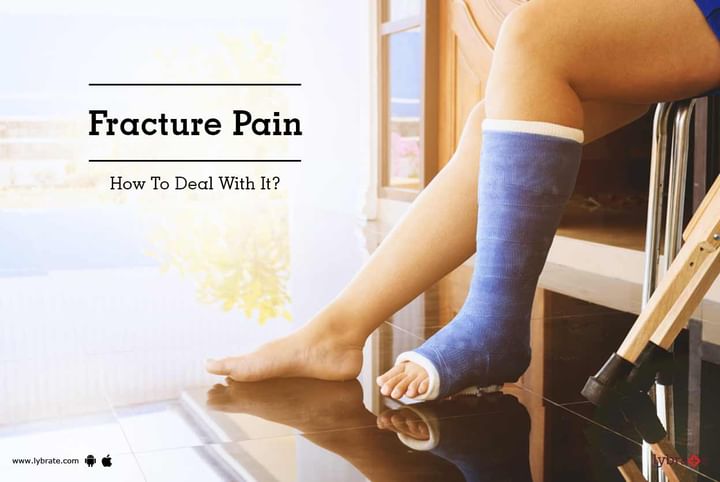Get the App
For Doctors
Login/Sign-up
Last Updated: Jan 10, 2023
BookMark
Report
Fracture Pain - How To Deal With It?
Dr. Poonam Patel VasaniPain Management Specialist • 19 Years Exp.MBBS, MD - Anaesthesiology, FIPM, Fellowship in palliative medicine, certificate in interventional pain management, Multidisciplinary pain management course
Breaking a bone no matter how small is painful. This pain is caused both by the actual break in the bone and the damage to surrounding muscles, ligaments, nerves and other soft tissue. There are three stages of pain caused by a fracture:
- Acute Pain: Pain that occurs immediately after a bone is fractured
- Sub-Acute Pain: Pain experienced while the one and soft tissues heal
- Chronic Pain: Pain experienced after the fracture has healed
Any kind of fracture can cause these types of pain. However, it is not essential for everyone who has had a fracture to experience all the three kinds of pain. Many people experience pain only when the fracture occurs but in few cases, a person may break a bone and not realize it. Each type of pain needs to be dealt with in a different way.
- Acute Pain: Acute pain reduces as the fracture heals. For this, the fractured bone must be reset in place and held together with a splint, brace or cast so as to immobilize it. In some cases, surgery may also be needed. Over the counter pain medication is often prescribed to help deal with this type of pain. The patient is also advised to rest the broken bone and avoid certain types of movement that could worsen the break. A broken bone takes a minimum of 6 to 8 weeks to heal. However, in cases of other conditions such as osteoporosis, this time period could be much longer.
- Sub-Acute Pain: As the injury heals, the sub-acute pain experienced reduces. Immobilizing a broken bone to help it heal causes the muscles and soft tissues around it to stiffen and weaken thus triggering this type of pain. Physical therapy can be very helpful in dealing with this type of pain. Along with strengthening the muscles and reducing stiffness, physical therapy also helps reduce inflammation and scar tissue. Physical therapy can be provided in many ways including exercises, electrical stimulation, ultrasounds, massage etc. It is important to remember that at this stage of treatment, the more the affected limb is used, the faster it will heal. However, it is advisable to avoid putting too much pressure on the bone.
- Chronic Pain: Some people may experience pain for several months and even years after a fracture has healed. This is usually caused by nerve damage or the development of scar tissue. Underlying conditions such as arthritis could also trigger this type of pain. Management of chronic pain varies from individual to individual. Treatment usually takes the form of medication, exercises and physical therapy.
In case you have a concern or query you can always consult an expert & get answers to your questions!



+1.svg)
